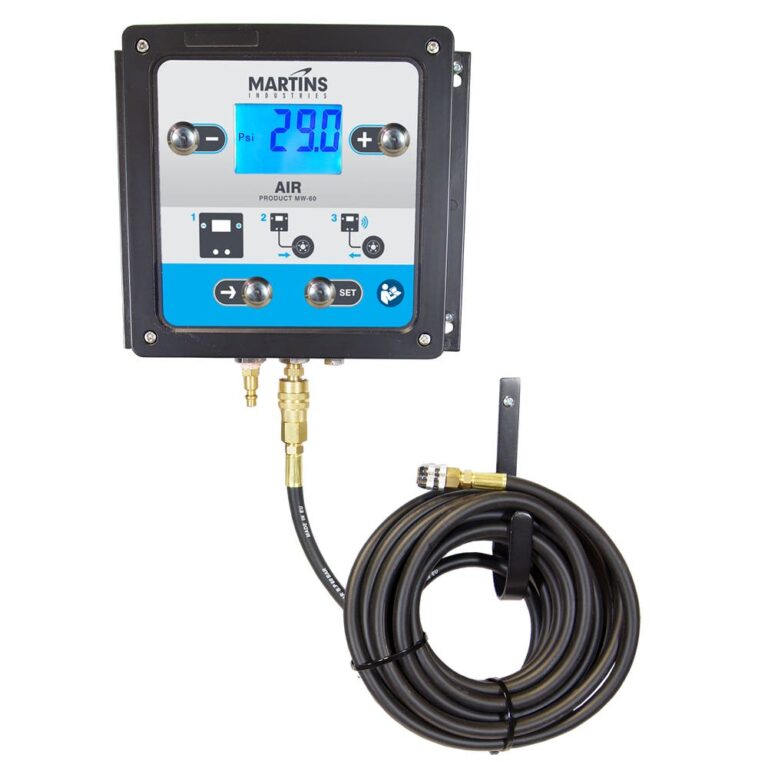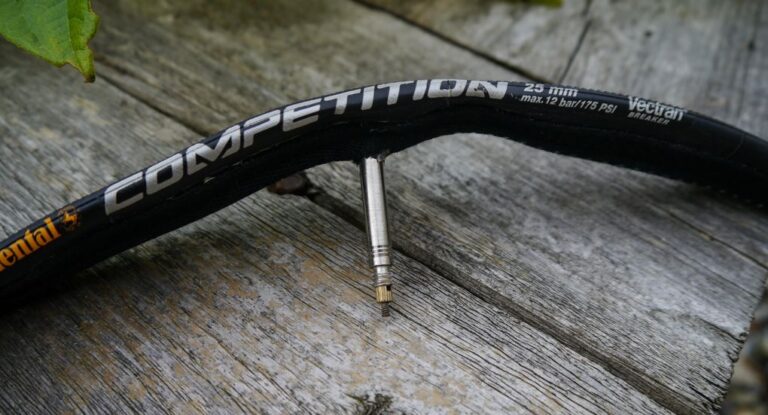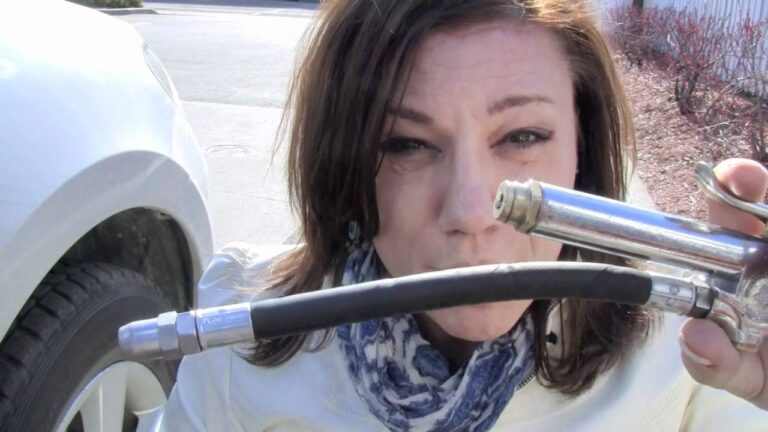How To Fill A Tire With A Presta Valve
Flat tire? It’s happened to the best of us. Knowing how to inflate your tires quickly and efficiently is a crucial life skill. This guide will teach you everything you need to know about how to fill a tire with a Presta valve. We’ll cover the process step-by-step, explain the tools you’ll need, and address common problems, ensuring you’re back on the road in no time. You’ll gain the confidence to handle tire inflation independently, avoiding costly roadside assistance.
Understanding Presta Valves
Presta valves, also known as French valves, are a common type of valve found on bicycles and some high-pressure applications. This section will detail the unique features of Presta valves and why they are preferred in certain situations. We will also explore the differences between Presta and Schrader valves, highlighting the advantages and disadvantages of each type.
Presta Valve Anatomy
- Valve Stem: The long, thin tube extending from the tire. This stem is where the air pressure enters and exits the tire. Its length and construction are crucial for proper inflation. Incorrect handling can easily lead to bending the stem, which can result in leaks.
- Valve Cap: A small protective cap that screws onto the top of the valve stem. This cap safeguards the inner workings of the valve against dust, dirt and damage, preventing leaks.
- Inner Valve: A small, spring-loaded mechanism inside the valve stem that controls the flow of air. This internal mechanism requires a proper technique for inflation to prevent damage or leakage.
Presta vs. Schrader Valves
| Feature | Presta Valve | Schrader Valve |
|---|---|---|
| Appearance | Thin, long stem | Thicker, shorter stem |
| Inflation | Requires a Presta-specific pump or adapter | Compatible with most pumps |
| Air Leakage | Less prone to leakage when properly sealed | Potentially higher risk of leakage from wear and tear |
Tools Needed to Fill a Tire with a Presta Valve
Before you begin, gather the necessary tools. Having the right equipment simplifies the process and prevents frustration. This section will list the essential tools and explain their purpose. We will also address alternatives for situations where you may not have access to all the listed tools.
Essential Tools
- Presta Valve Pump or Adapter: A pump specifically designed for Presta valves, or an adapter that converts a standard pump to work with Presta valves. The adapter allows for a quick and easy connection with most standard pumps.
- Tire Pressure Gauge: Essential for accurately measuring the pressure in your tire. Using a gauge helps ensure proper inflation, preventing underinflation or overinflation which can affect safety and tire life. This helps avoid situations like sudden blowouts due to underinflation or damage caused by overinflation.
- Optional: A small wrench or pliers. Useful if the valve cap is difficult to remove or if there’s significant resistance while unscrewing the valve cap.
Step-by-Step Guide: How to Fill a Tire with a Presta Valve
This section provides a detailed, step-by-step guide on how to successfully inflate a tire with a Presta valve. Clear instructions ensure a smooth and efficient process. Following these instructions minimizes the risk of errors or potential damage to the valve.
Preparing the Valve
- Remove the valve cap. Unscrew it carefully to avoid damage. The cap is there to protect the valve from damage and dirt build up. Clean the cap if needed for improved hygiene and re-apply after inflation.
- Unscrew the small nut at the top of the Presta valve. This allows the valve to open. It may be stiff if it hasn’t been used in a while. Use a tool like pliers if you can’t unscrew it by hand.
Inflating the Tire
- Connect your pump to the Presta valve. If you’re using an adapter, make sure it’s securely attached. Firmly connect the pump to prevent air leakage, thereby ensuring a quick and efficient inflation process.
- Begin pumping. Pay attention to the tire pressure gauge and stop when you reach the recommended pressure. The recommended pressure is usually indicated on the sidewall of the tire. Overinflation can cause damage to the wheel and tire, so always consult the recommendations.
Finishing Up
- Tighten the small nut on the Presta valve. This seals the valve, preventing air leakage. Once sealed the tire will maintain the desired pressure for a longer period. Check for any leakages during the sealing process.
- Replace the valve cap. This protects the valve from damage and keeps dirt out. Ensure that the valve cap is firmly secured to prevent air loss and dust from interfering with the valve mechanism.
Troubleshooting Common Problems with Presta Valves
This section covers common issues encountered while using Presta valves, offering practical solutions to resolve them. Addressing these problems enhances the overall understanding and confidence in handling Presta valves effectively.
Myths and Misconceptions
Myth 1: Presta valves are difficult to use.
While they might seem more complex initially, with a little practice, inflating a tire with a Presta valve becomes straightforward.
Myth 2: Presta valves are more prone to leaks.
Presta valves are actually less prone to leaks if properly maintained and inflated. Leakage is usually caused by incorrect handling or damage.
Myth 3: You need a special pump for Presta valves.
While a dedicated Presta pump is ideal, adapters allow you to use many standard pumps with Presta valves.
Filling Different Types of Tires with Presta Valves
The process of filling various tire types with Presta valves remains largely consistent; however, the required pressure differs. This section will cover this variation and offer advice on pressure adjustments for different types of tires and usage contexts. Understanding these variations can lead to optimized tire performance and longevity.
Bicycle Tires
Bicycle tires typically require a pressure range between 60 and 120 PSI, depending on the tire size and the rider’s weight. Always refer to the tire’s sidewall for the exact recommended pressure range. Underinflation can lead to discomfort and tire wear, while overinflation can increase the chances of puncturing.
Other High-Pressure Applications
Presta valves are used in certain high-pressure applications beyond bicycles, where understanding and applying correct procedures is crucial. Incorrect inflation can create hazardous situations in these contexts.
FAQ
What if the Presta valve won’t open?
Try loosening the small nut at the top of the valve. If it’s still stuck, you might need to use pliers to gently loosen it. If the problem persists, the valve might be damaged and need replacement.
How much pressure should I put in my tire?
Check the sidewall of your tire for the recommended pressure range. This is usually expressed in PSI (pounds per square inch). Inflating to the correct pressure is crucial for safety, performance, and tire longevity.
What if I don’t have a Presta pump?
You can use an adapter to convert a standard pump to fit a Presta valve. These adapters are widely available at bicycle shops and online retailers.
What should I do if my tire keeps losing air?
If your tire continues to lose air after inflation, the valve might be damaged, or there could be a puncture in the tire itself. Check both the valve and the tire for any signs of damage. A puncture might require repair or replacement.
How often should I check my tire pressure?
Ideally, check your tire pressure weekly, or before each ride, particularly if the temperature fluctuates significantly. Proper tire pressure contributes greatly to both safety and performance.
Can I overinflate my tire?
Yes, overinflation is possible, and it can damage your tire or even cause it to burst. Always inflate your tires to the pressure recommended on the sidewall of the tire.
What to do if you suspect a puncture?
If you suspect a puncture and tire pressure drops too frequently, you might need to repair or replace your tire. A thorough inspection is important, especially the area touching the tire rim.
Final Thoughts
Mastering the art of filling a tire with a Presta valve is a valuable skill. By following the steps outlined above, you’ll be able to handle tire inflation confidently and efficiently. Remember to always check your tire pressure regularly and inflate to the recommended levels. Investing in the right tools, understanding the process, and addressing potential problems ensures a smooth ride and avoids unexpected setbacks.



